By TREVOR HOGG
By TREVOR HOGG
Images courtesy of Riot Games and Netflix.
Animating video games or music videos is one thing, but independently producing an animated television series that streams on Netflix is an entirely different animal. This is something Riot Games learned after spending $250 million to create two nine-episode seasons of Arcane, a spin-off of their multiplayer online battle arena video game League of Legends. “Christian Linke, [Co-Creator/Showrunner/Executive Producer of Arcane] used to say that animation is where we come from because it was so much a part of the game and how we thought about the movement of characters,” states Alex Yee, Co-Creator/Screenwriter/Executive Producer of Arcane. “When the Warcraft movie came out, I began to see how the advantage of animation was that our characters could do things that people couldn’t do. They could live up to a type of motion the animators had established in the game. This heightened life.”
“Riot Games realized that they needed to create a planet because we are creating a backstory for all of these different champions – some felt inspired by Greek mythology, while others were more modern, like the Sheriff of Piltover. A team at Riot Games has been working for more than a decade on the world-building aspect of this universe.”
—Arnaud-Loris Baudry, Production Designer and Senior Concept Artist, Riot Games
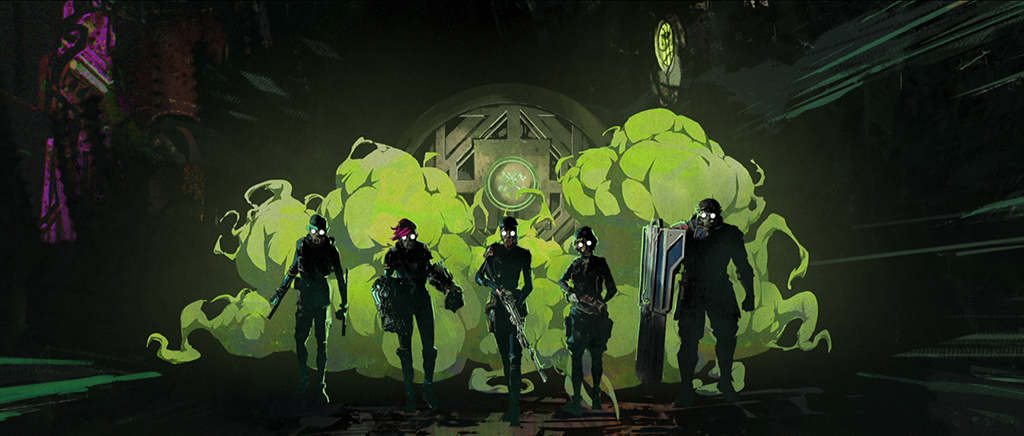
Pushing the boundaries of animation combines 2D and 3D techniques to produce a painterly style. “A lot of this is the magic of Fortiche,” Yee notes. “The first time we worked with Fortiche, Christian was looking all over the place for something that felt fresh and current. He had this rebellious attitude that matched the gamers’ spirit and the spirit that went with League of Legends.” Riot Games is in Los Angeles while Fortiche is in Paris. “What was a bit tricky was finding ways to work with Fortiche, which is in a different time zone,” states Arnaud-Loris Baudry, Production Designer and Senior Concept Artist at Riot Games. “My team was in charge of everything concerning the IP and did some early visual development. The goal was to give a lot of ideas to the storyboard team. When they decide to use one of our ideas or concepts, we might work for months to find the final design and work with Fortiche to finalize it.”
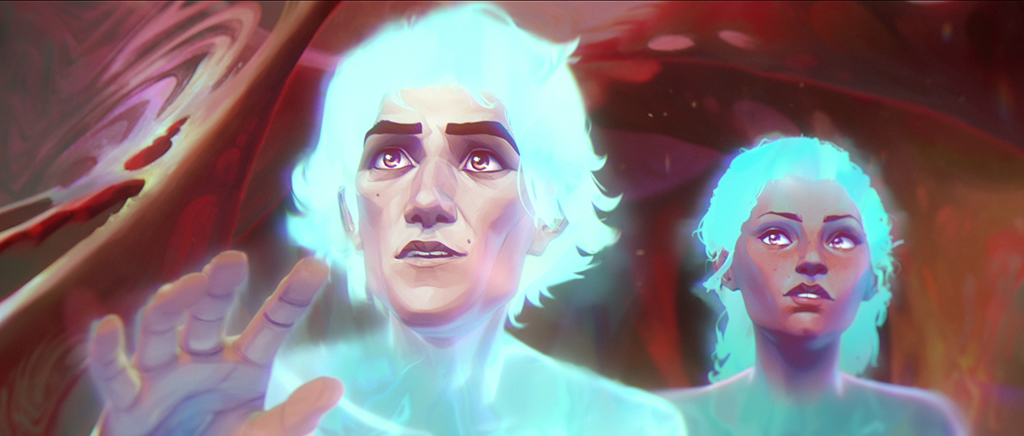
Fortiche has been able to elevate the animation style. “Because we use a mix of 2D and 3D techniques, our workflow is a little unusual,” observes Julien Georgel, Art Director at Fortiche. “It’s important for us to think about how things will be made at the concept stage. We need to have a good idea of how things are going to come together and how it’s going to look in the end.” Adding to the stylization was the decision to treat smoke and fire as 2D effects. “For the basic visual effects, we rely on the proven expertise of our long-standing 2D and 3D FX team,” Georgel states. “This season, my attention was particularly focused on innovative special effects, such as those related to Hexcore and the Anomaly. These central narrative elements significantly impacted the entire production, from the characters to the props, background design and compositing. The aim was to ensure seamless visual and narrative consistency, with every detail adding to the story’s impact. At the same time, the characters’ powers were the subject of close collaboration between Arnaud Baudry’s team at Riot Games, my team at Fortiche and our FX department. This teamwork made it possible to create distinctive visual effects for each champion, contributing to their own identity.”
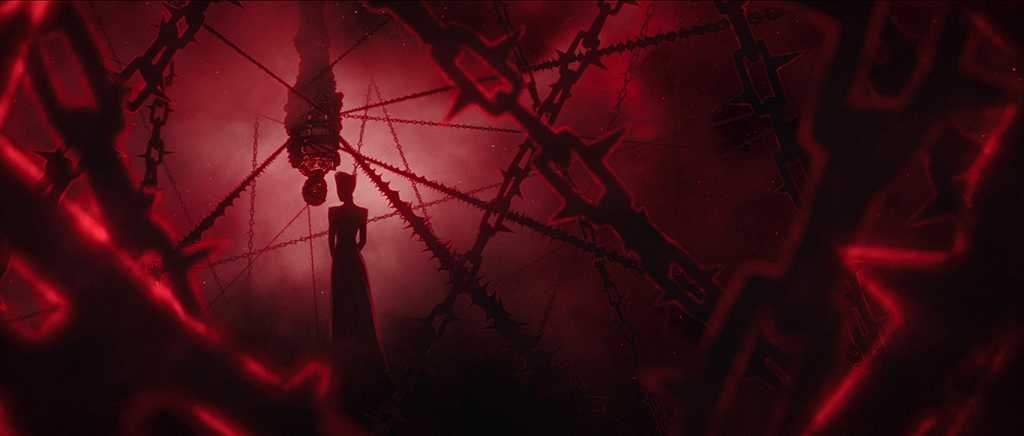
Driving the storytelling are the characters. “It’s interesting because I’ve worked on developing characters for the game for a while,” Yee notes. “At first, the characters were like a little sonar ping into some part of the world. They would reveal the environment around them because you create that through their backstory. Then, after a bit, the regions became like these thematic philosophies of the world, so when you would develop a character early on, the first things you had to understand were what is the role that they play in the game and where in the world do they come from. For me, many of the characters are reflections of the pros and cons of these philosophies. Piltover and Zaun were always something that grabbed Christian just for how it was not doing the typical swords and sorcery thing. But Vi and Jinx were close to our hearts, connected many of the early projects Christian and I worked on.”
Motion influenced the character designs. “The character designs from the game are specifically tailored to be seen from the top-down angle, at a distance, and move in a specific way aimed to make that experience the best it can be,” states Jason Chan, Senior Principal Visual Development Artist at Riot Games. “But when we’re working on adapting it to more cinematic and storytelling experiences, we have to find a way to make those designs still feel recognizable so there’s not this long period where people don’t recognize these characters, but they still work well for animation and storytelling. How we designed the actual animation itself is a back-and-forth process. We try our best on the design team to keep it in mind so we’re designing the characters in ways that won’t make an impossible task for animators to animate.”
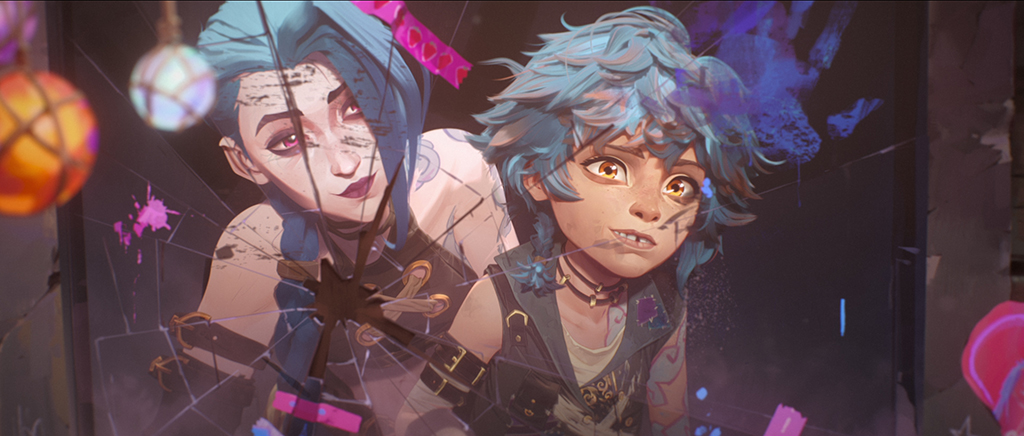
Storyboards also impacted the character designs and vice versa. “In the fight scenes in the end, there are many technical things that happen based on Vi’s updated gauntlets, which have this rocket power, and Jinx’s new gun, which is a gigantic gun that fires from both ends,” Chan remarks. “Those were designed before the storyboard and ended up influencing the storyboard because it gave the animators new toys to play with in the way that the characters could fight; they ran with it and did some creative stuff. Other stuff that has to happen in the storyboard will also influence the design, like when they were storyboarding the Caitlyn/Vi love scene. They had to come back to me to ensure they could remove their clothes! I had to redesign the clothing so that you could see how it comes apart.”

A new weapon is introduced in Season 2. “Christian wanted some next evolution for Caitlyn in this battle, so I was going for what would separate this Hextech rifle from what she had before,” Chan explains. “I went over the top and tried to design something a little crazier. It reminds me of Jayce’s hammer when it gets all powered up and shoots. I wanted to do something fun with that. I wished she got to use it longer. Every weapon she gets is destroyed during the show, but they make it feel cool when she uses it. That was fun for me. I built the whole thing out in Blender and animated it, transforming and doing stuff. I sent that over to Fortiche, which ran with it and made it cool.”
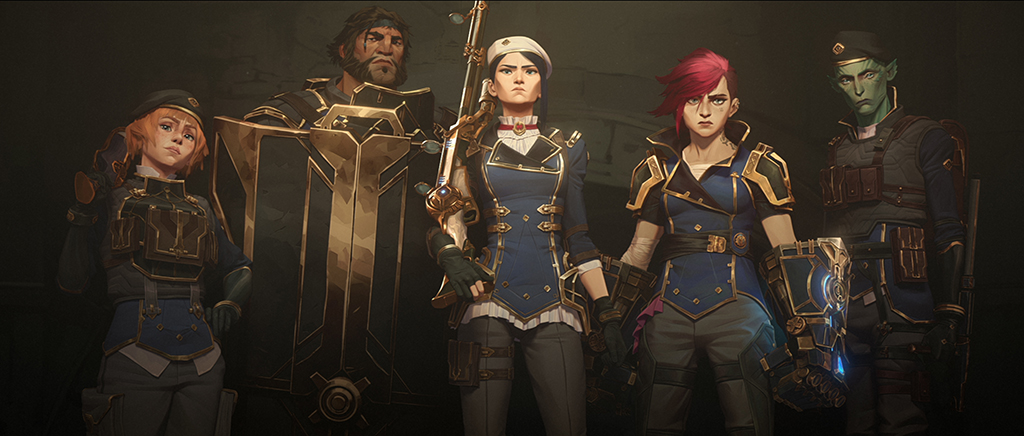
Only three main pieces of artwork existed for Piltover. “Fortiche did a year of visual development of Piltover, particularly the shape language, colors and materials,” Baudry remarks. “We got inspired and enriched the vision of the city. When we started working on Arcane, we already had almost two rounds of visual development.” Guides were provided to Fortiche by the world-building team at Riot Games. “That was base inspiration. But in Arcane, we also wanted to feel that the city was lived in, and we added a history to the architecture. The upper city was more influenced by New York Art Deco, symmetrical and based on geometry; they value something clean and pure. Zaun is more influenced by European Art Deco, which has more flourish and is asymmetrical with some accents.”
“Our approach to the color palette and lighting schemes are based on a combination of intuition and visual references carefully selected with the directors right from the mood board phase. The aim is to create a regular and coherent dynamic throughout the episodes and the season. We deliberately alternate darker moments with high-contrast sequences to intensify the emotional impact of key scenes. This strategy also allows for subtle parallels and foreshadowing between episodes, thus reinforcing the overall narrative.”
—Julien Georgel, Art Director, Fortiche

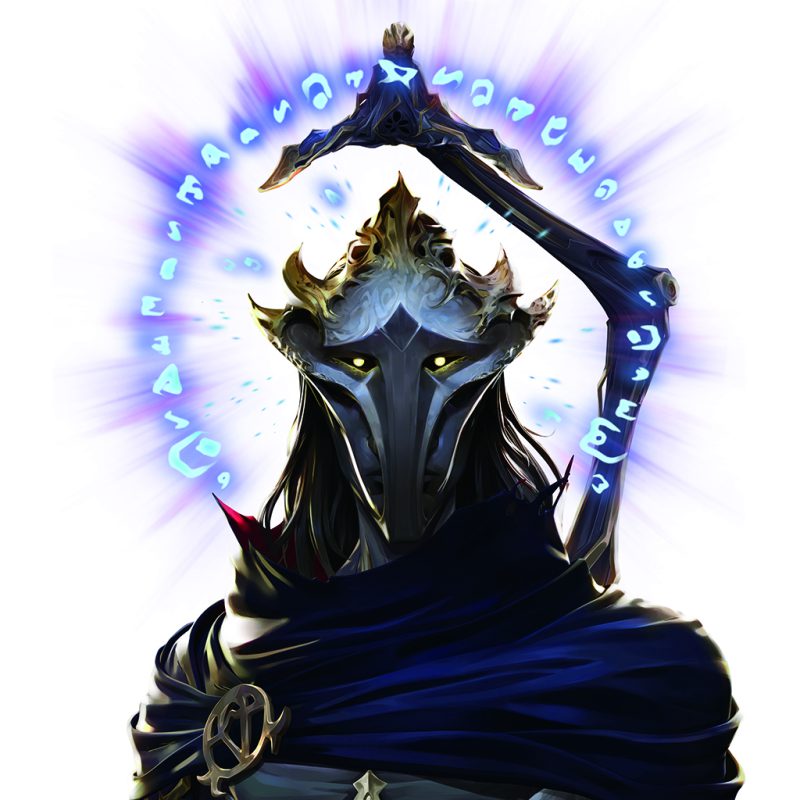
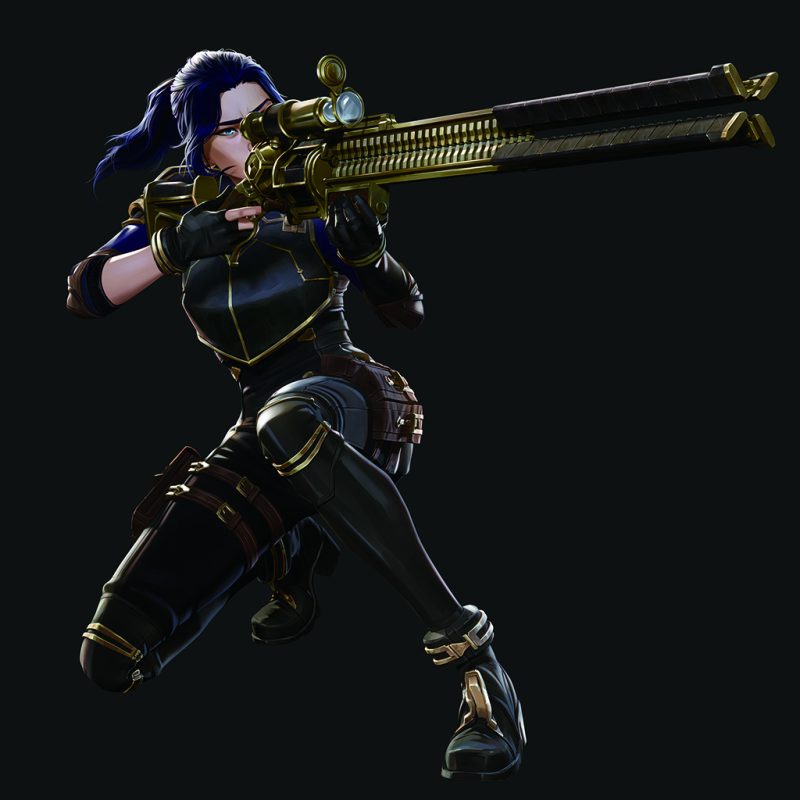
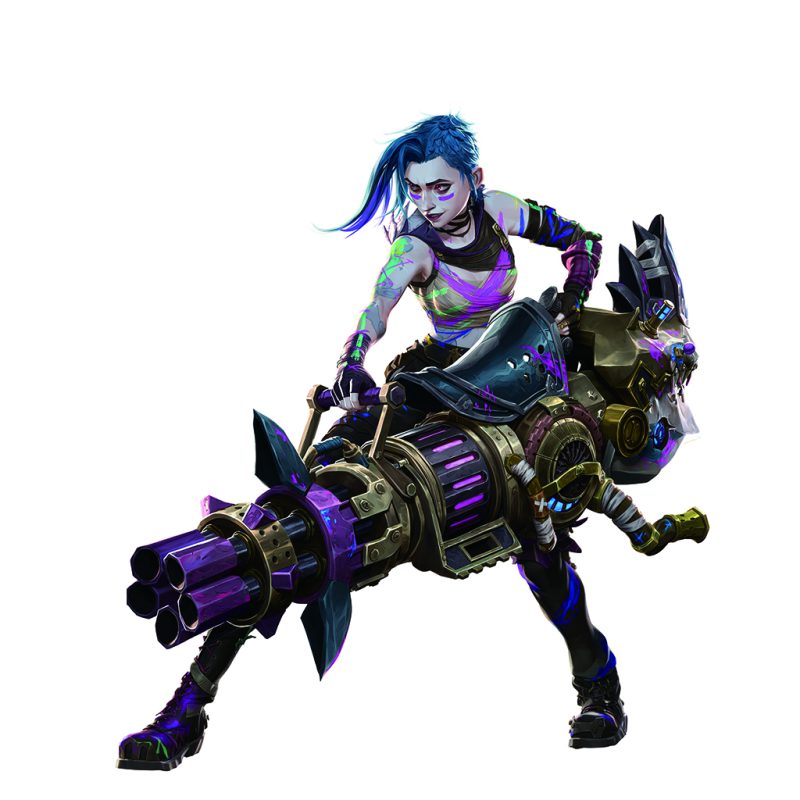
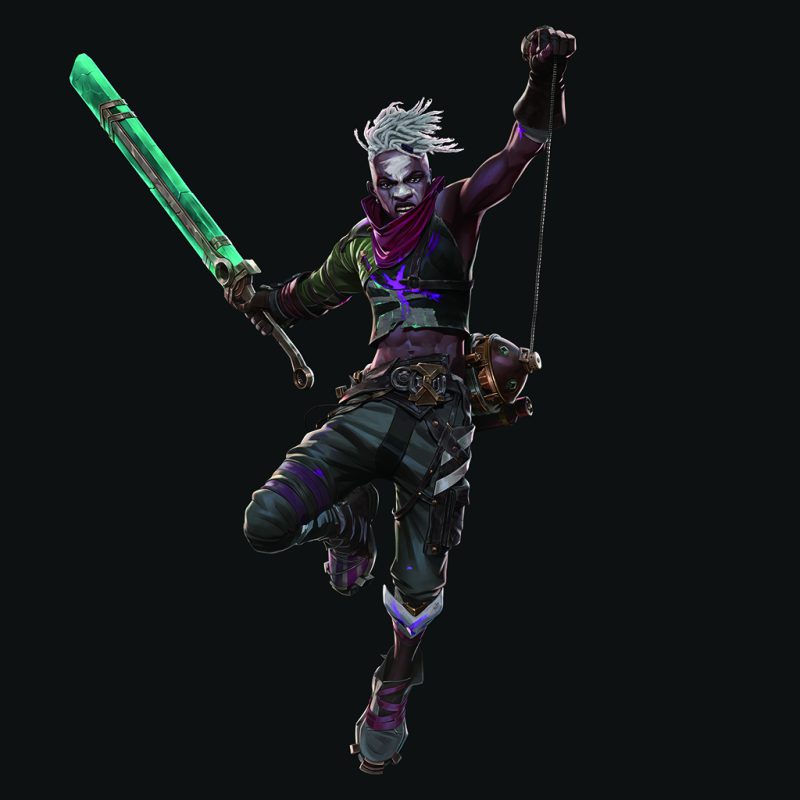
“Christian Linke [Co-Creator and screenwriter of Arcane for Riot Games] always wanted to have this bridge, which created tension with the IP and world-building team because, before Arcane, the two cities were on top of each other. However, Christian wanted the show to open and end on this bridge. It symbolizes the division and alliance of two sides of a city.”
—Arnaud-Loris Baudry, Production Designer and Senior Concept Artist, Riot Games
There was room for environmental exploration. “We were in a special situation with League of Legends because the universe we’re depicting in the show doesn’t appear in the video game,” Baudry states. “The video game is more like a battlefield or chessboard where heroes are summoned and come from different universes. After a while, Riot Games realized they needed to create a planet because we were creating a backstory for all these different champions. Still, some felt inspired by Greek mythology, while others were more modern, like the Sheriff of Piltover. A team at Riot Games has been working for more than a decade on the world-building aspect of this universe.” A signature landmark is Progress Bridge, which connects Piltover with Zaun. “Christian Linke always wanted to have this bridge, which created some tension with the IP and world-building team because, before Arcane, the two cities were on top of each other,” Baudry reveals. “However, Christian wanted the show to open and end on this bridge. It symbolizes the division and alliance of two sides of a city.”
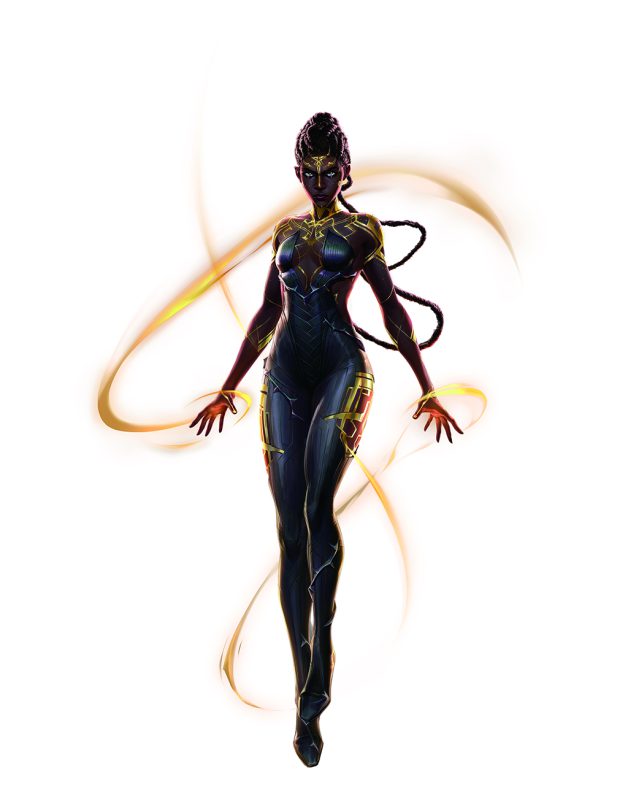
Color and light are important storytelling tools that direct the viewer’s eye and help convey the desired mood for a shot. “Our approach to the color palette and lighting schemes are based on a combination of intuition and visual references carefully selected with the directors right from the mood board phase,” Georgel notes. “The aim is to create a regular and coherent dynamic throughout the episodes and the season. We deliberately alternate darker moments with high-contrast sequences to intensify the emotional impact of key scenes. This strategy also allows for subtle parallels and foreshadowing between episodes, thus reinforcing the overall narrative.”
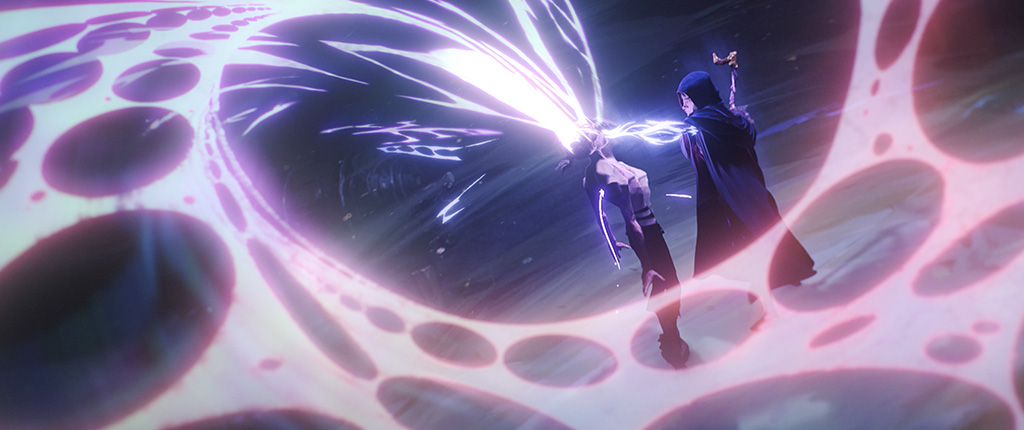
Magic is a prominent aspect of the visual language with Zaun conjuring it through chemicals and Piltover via science. “In some ways, we would argue that this idea of magic bleeding out of everything in the world is something that is the principal feature of the League of Legends universe,” Yee states. “The key is trying to figure out how to give these many different regions and people a relationship with magic that felt unique and grounded enough to make the world something where it wasn’t just a battle among the top sorcerers for control. It’s tricky because you don’t want to make the world too dry. You want to seize the opportunities for magic where you can find it.”
The transformation of the commune established by Viktor was particularly difficult to conceptualize. “It was first introduced in Episode 106 as an abandoned underground mining village, a refuge for some of Zaun’s most destitute inhabitants,” Georgel explains. “We presented it as a rubbish heap from Piltover and Zaun, surrounded by tents, a place where Viktor, guided by the voice of Sky, decides to build his church. In Episode 206, this squalid place is transformed into an oasis of peace, bathed in unexpected subterranean sunlight, decorated with yellow flowers, and giving the impression of a blue sky. This transformation is the work of Viktor’s cultists, whose obsession with the fractal motif, the leitmotif of the series, is manifested at all levels.”

“[T]he characters’ powers were the subject of close collaboration between Arnaud Baudry’s team at Riot Games, my team at Fortiche and our FX department. This teamwork made it possible to create distinctive visual effects for each champion, contributing to their own identity.”
—Julien Georgel, Art Director, Fortiche
Unique environments to create were the labs and workshops that reflect the work and the personalities of those utilizing them. “We knew from the early stages of outlining the story that we had a lot of scientists – Heimerdinger, Jayce, Viktor, the Mad Scientist Singed and Jinx, who is more of a crafter than an inventor,” Baudry observes. “Our job at Riot Games was to find visual ideas to make them all different. For Jinx, it was a place where no one else would consider of use. It’s really dangerous. We imagined that since Zaun was polluted, maybe it was an old vent system, and you have this big propeller. One of the artists on my team had the idea that maybe it could be an airship stuck inside this vent. For Heimerdinger, since he’s short, I imagined that maybe there were many ways to climb ladders to go and find all of his stuff. Heimerdinger is old, so he probably has a lot of old junk everywhere. Heimerdinger is also careful about the danger of science, so he has a vault where he keeps everything.”

Not surprising is the role music plays in the narrative, given that Riot Games and Fortiche started off doing music videos together. “Season 2 is characterized by the presence of musical segments in almost every episode, often conceived from the writing stage,” Georgel remarks. “These narrative sequences allow us to simplify complex information and convey the desired atmosphere without creating too many new assets or going overboard with character animation. Otherwise, with the usual art direction and animation style, they would be way too costly to produce. Thanks to elliptical editing and an adapted visual style, we can focus on the essentials and still achieve the desired results. The choice of artistic style is always in harmony with the atmosphere of the sequence and the music: charcoal, with Cait and Vi in color for the funeral [Episode 201], vintage posters for Episode 202, comic-book aesthetics for the task force [Episode 203], and black-and-white press photographs with punk graffiti for the Jinxers’ riot [Episode 204].”

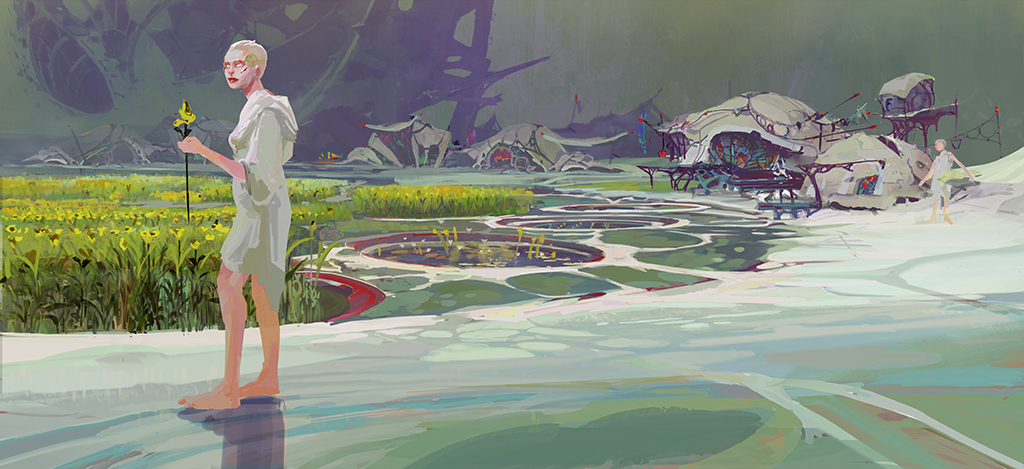
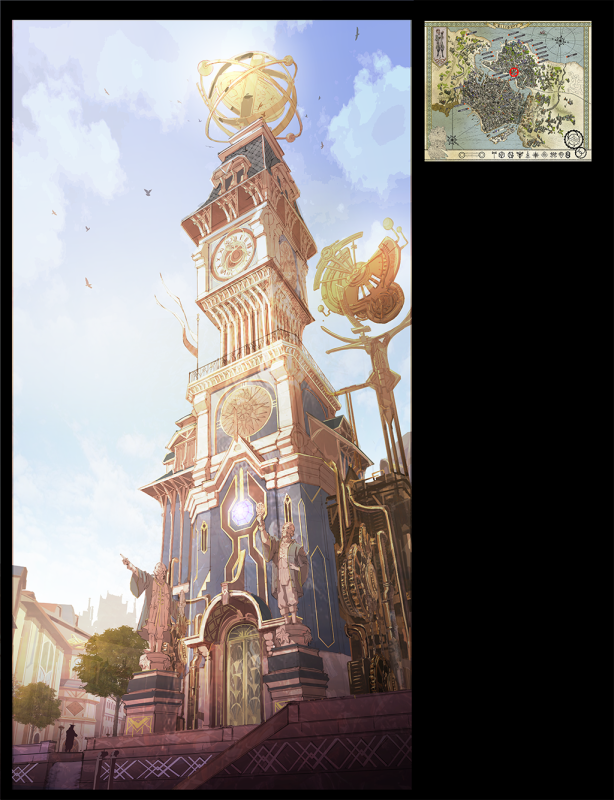

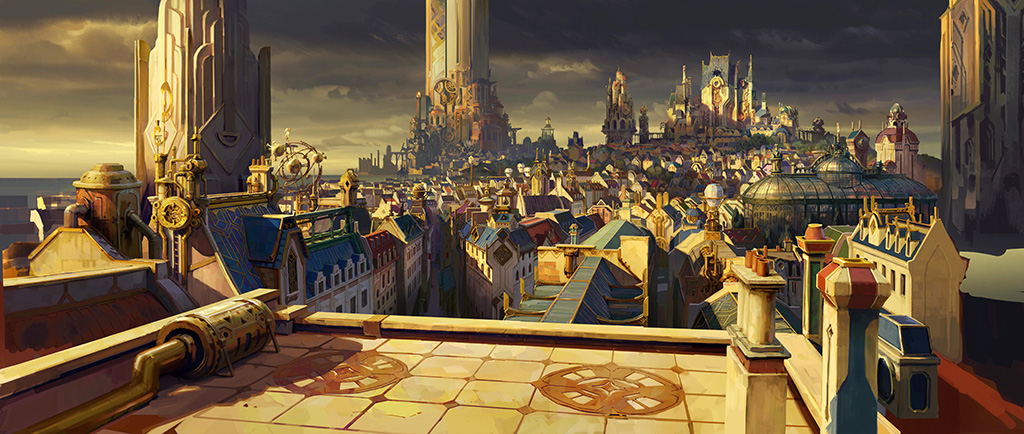
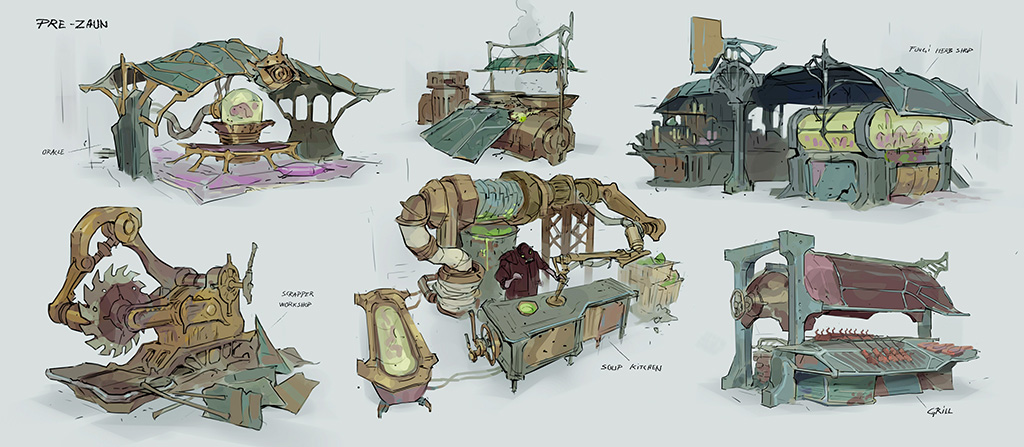
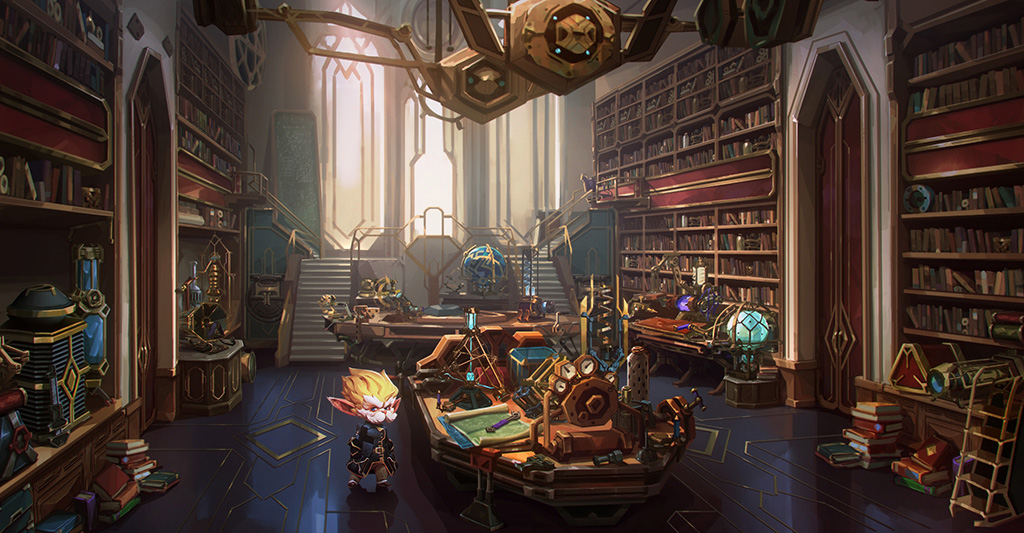
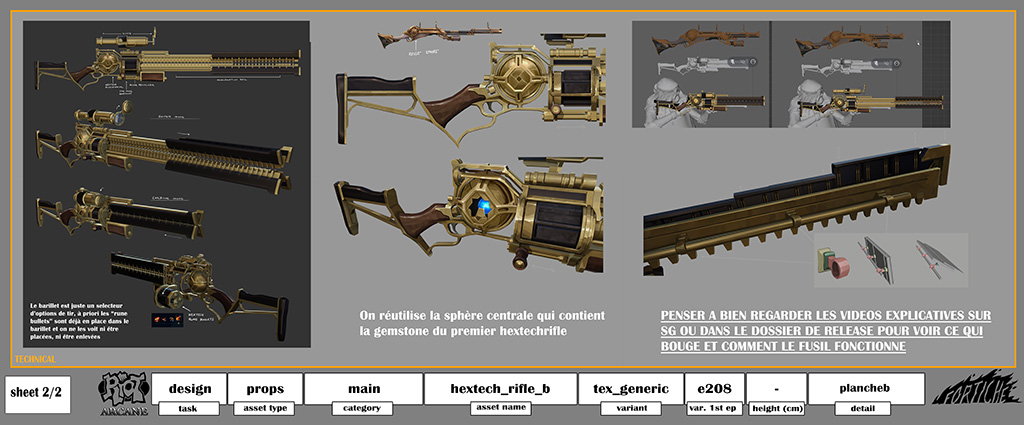
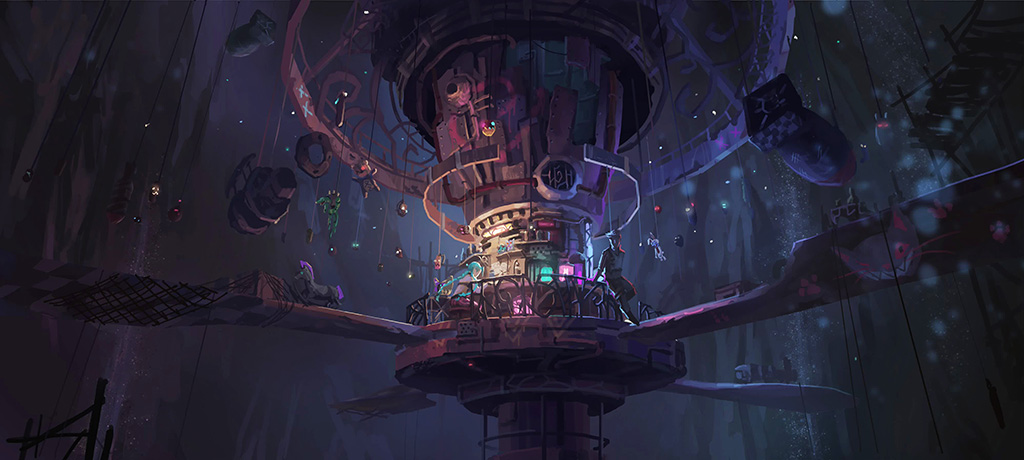
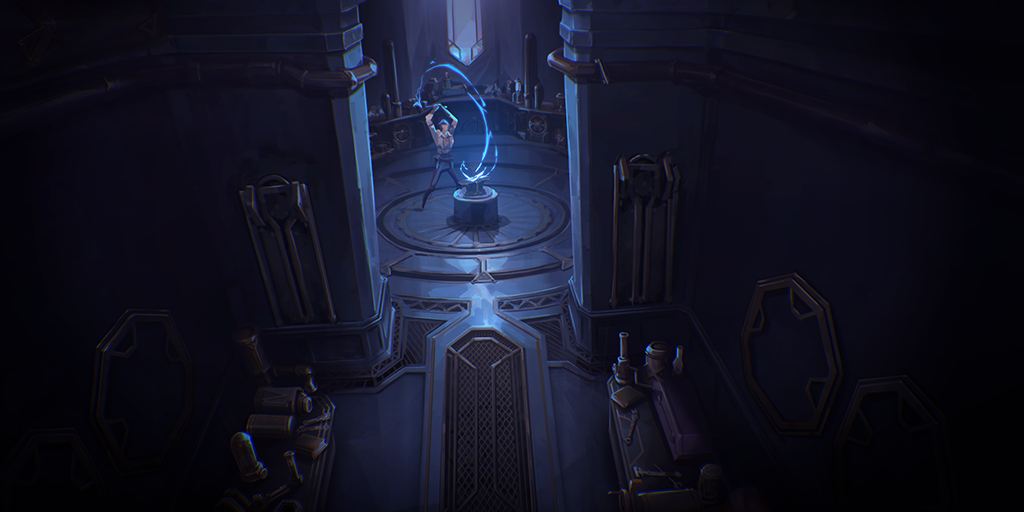
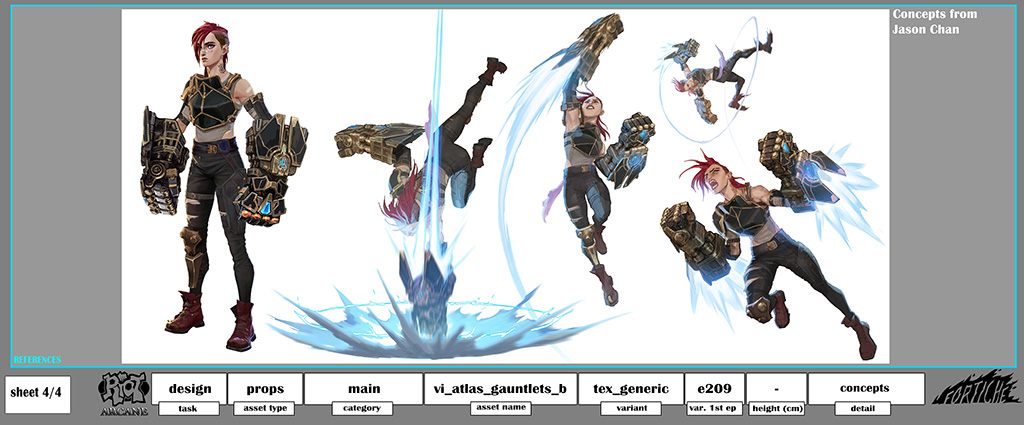
Somewhat battle-scarred, Riot Games has come out wiser and emboldened by the experience of making Arcane. “I count myself extremely fortunate to have gotten to see a company that mastered its movement with a bunch of people who didn’t know what they were doing but wanted to do something great,” Yee states. “I’ve now had the opportunity to see that life cycle twice, first at Riot and then again with Arcane at Fortiche. It’s a magical feeling. It’s one of those things you think: how could something like that ever happen again? What inspires me is that initial spirit of Riot – this desire to push forward, innovate, disrupt and break open the boundaries of what is possible. It’s a big thing to stand behind that kind of an effort, and it’s incredible to see what it can create in the world.”